07 Oct 2007
Pictures from the communal server posted during the month of September.
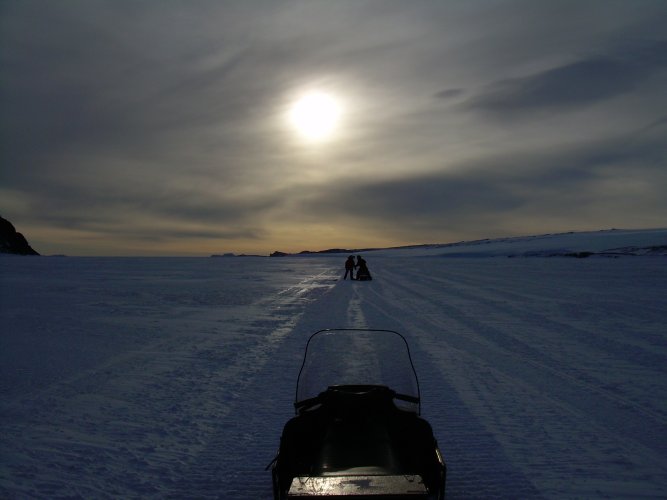
After my team flagged the first part of the route to Cape Evans, a second team flagged the remainder of the route the following day. Photo by Rob Jones.
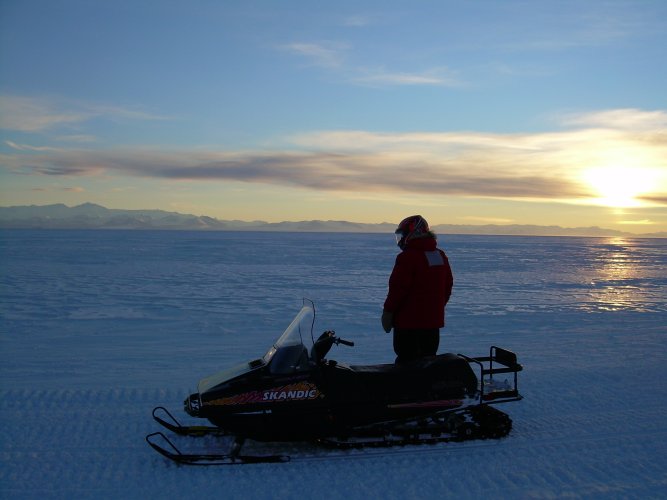
Another photo from the second team. Photo by Rob Jones.
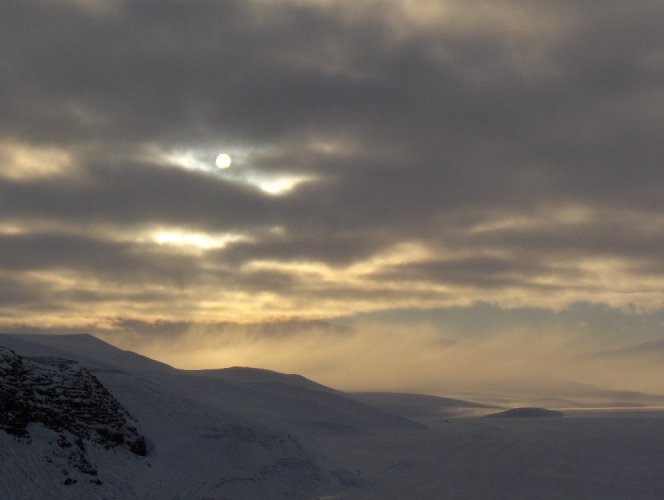
Photo by Wade Cunningham.
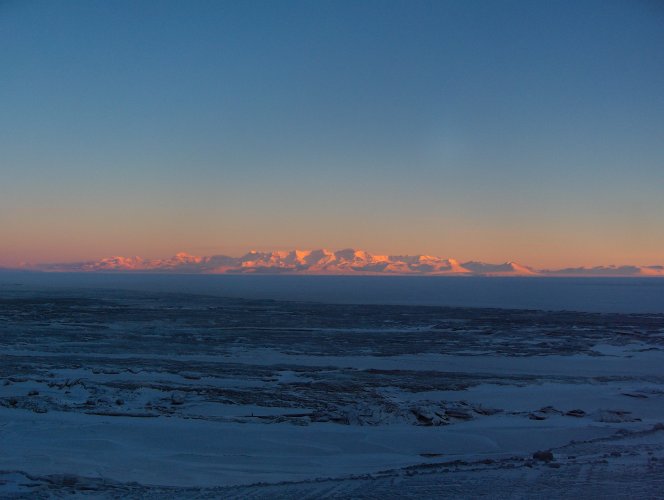
A view of the Royal Society Range across McMurdo sound. Photo by Wade Cunningham.
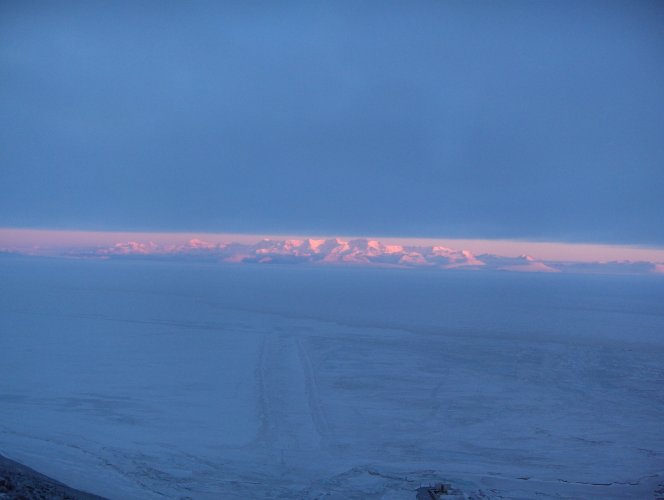
Another view of the Royal Society. Photo by Wade Cunningham.
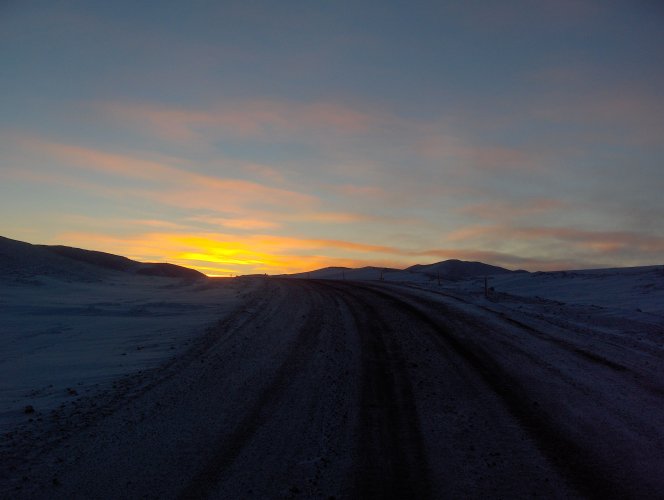
One of the roads of Hut Point Peninsula. Photo by Wade Cunningham.
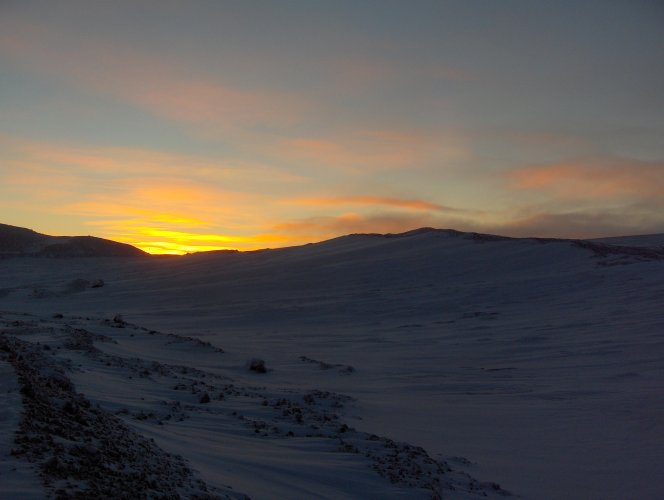
Photo by Wade Cunningham.
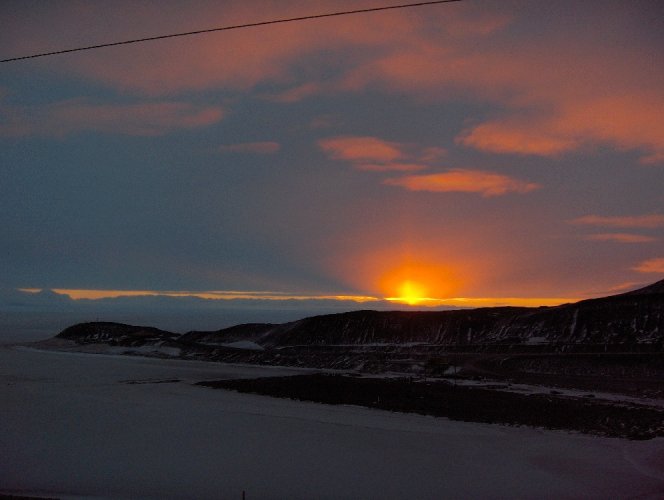
Sunset over Hut Point. Photo by Wade Cunningham.
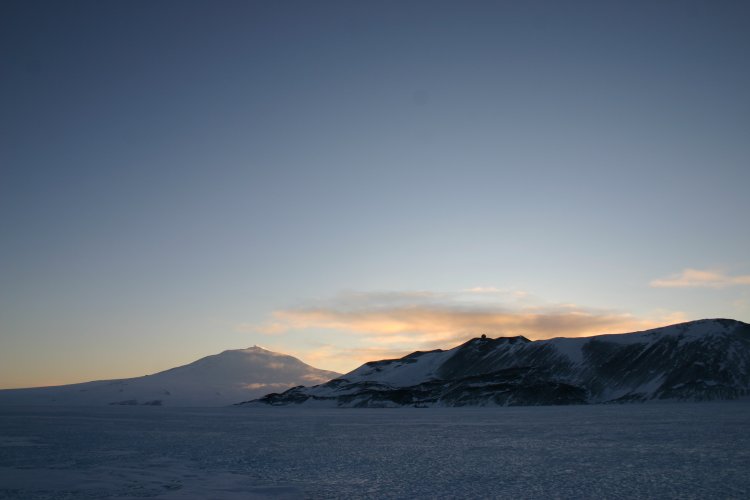
View looking north from the sea ice off Hut Point Peninsula. The small ball seen on the ridge is a dome enclosing a satellite dish used by the Kiwis. Photo by Rob Jones.
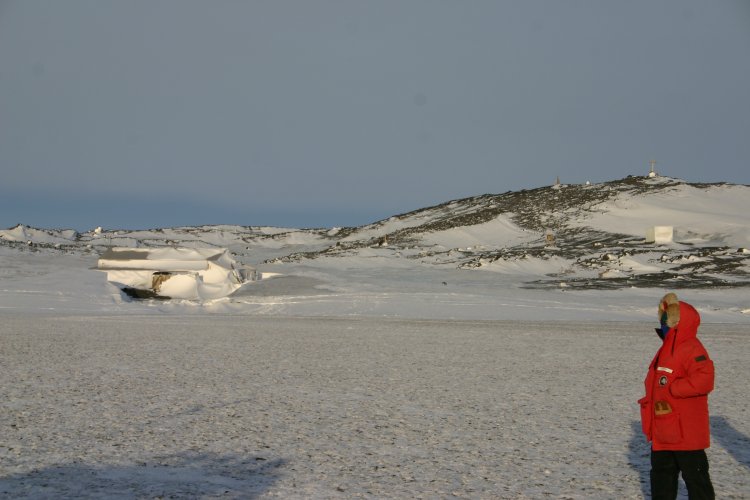
Cape Evans is the location of Scott's Terra Nova hut from his second Antarctic expedition. His team wintered in this hut, and the next spring they walked to the South Pole. They died walking back. The hut remains in largely pristine condition, and is maintained by the Kiwis. Photo by Rob Jones.
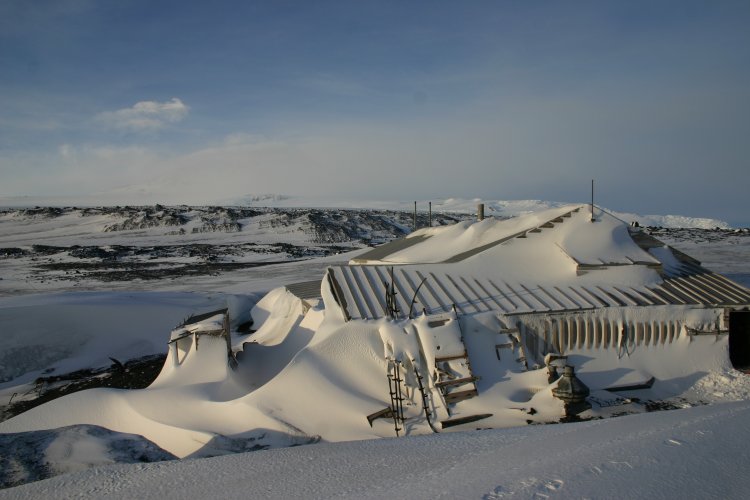
Terra Nova hut again, looking as if Scott just left it a year ago. Photo by Rob Jones.
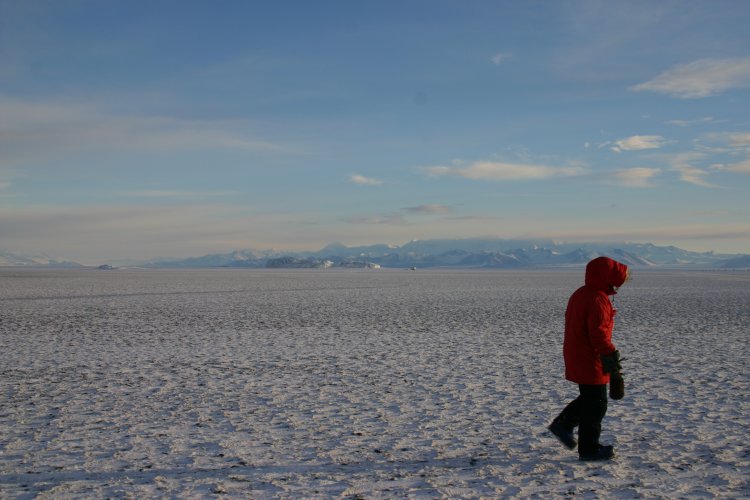
Walking across the Sea Ice. Photo by Rob Jones.
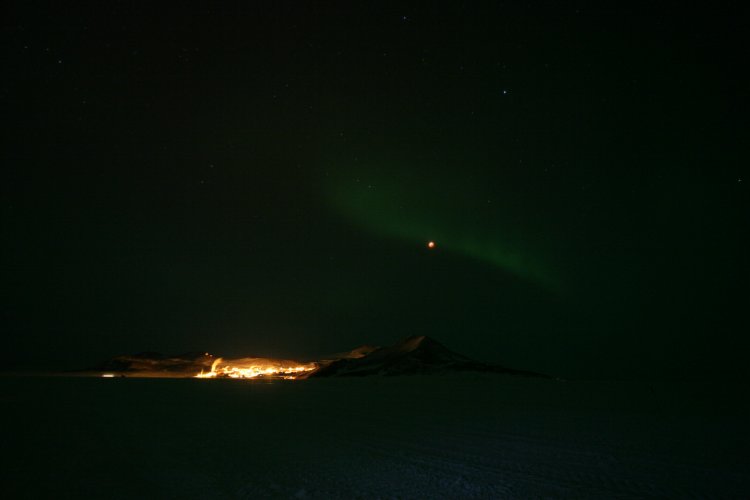
On the night of the lunar eclipse in late August, we had clear skies and some great auroras. The above image is a view of the moon, the station, and the auroras, from the sea ice. Photographer unknown.
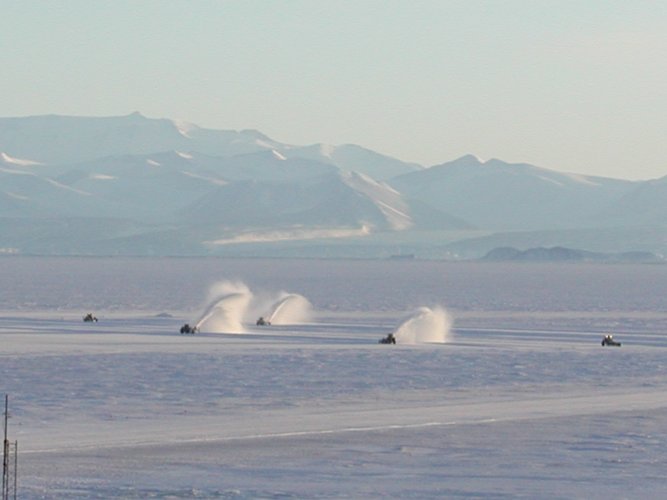
The sea ice runway, immediately adjacent to the station, has a large apron that is used for loading and unloading of aircraft and for parking the LC-130s and Twin Otters that will be based here for several months, flying between McMurdo and camps and stations further inland. The above photo was taken from the deck of Hut 10, the VIP housing, and shows the apron being cleared of snow by heavy equipment. The equipment operators favor high winds for this activity, as the snow blown into the air will be carried to the edge of the apron in a single pass. Photographer unknown.
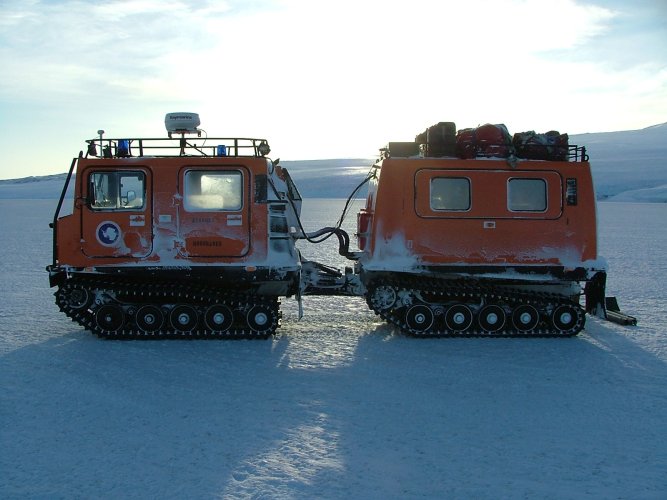
This is Hagglund number 007, known as Moonraker. Hagglunds are all terrain vehicles designed for amphibious operation, and consequently they float. This is a fact one appreciates when driving on sea ice which always involves some risk of breaking through the ice into the water below. I like them because they feel like solid and practical vehicles. They aren't insulated and aren't always very warm inside. Nevertheless, these are the ride of choice for, say, the apocalypse. Photographer unknown.
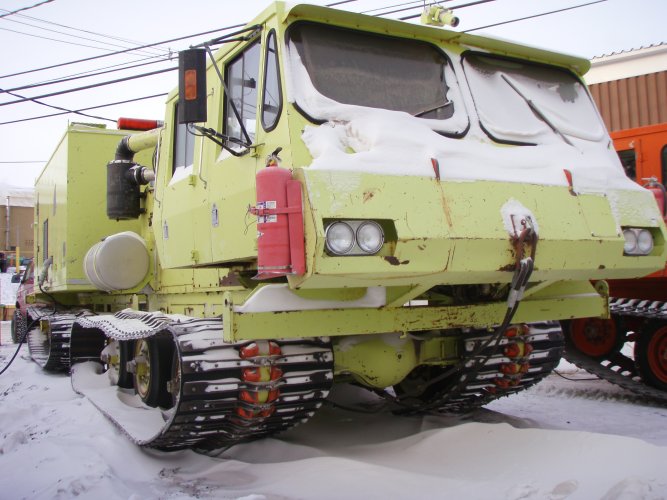
Another Antarctican vehicle. Used for fire fighting. Photo by Bret Mommer.
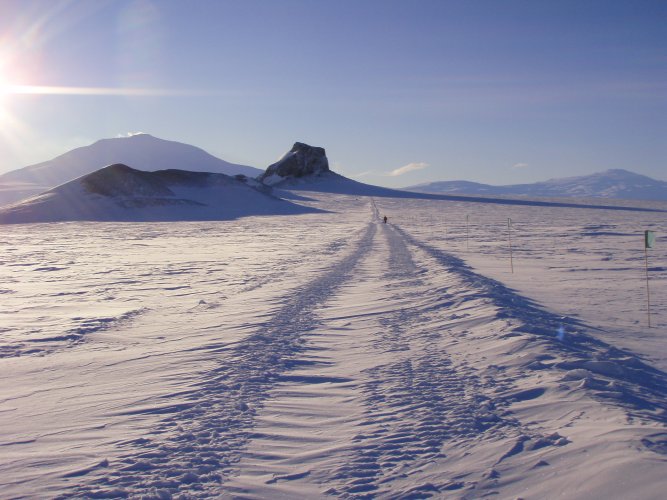
This is a hiking route that extends north from McMurdo and continues 3 miles along the ridge of Hut Point Peninsula to the dark crag in the center of the photo. The crag is called Castle Rock due to its blocky shape. Photo by Bret Mommer.

A couple of huts, which are small buildings mounted on skis. Huts can be towed across snow, and smaller huts can be airlifted to anywhere on the continent. Photo by Bret Mommer.
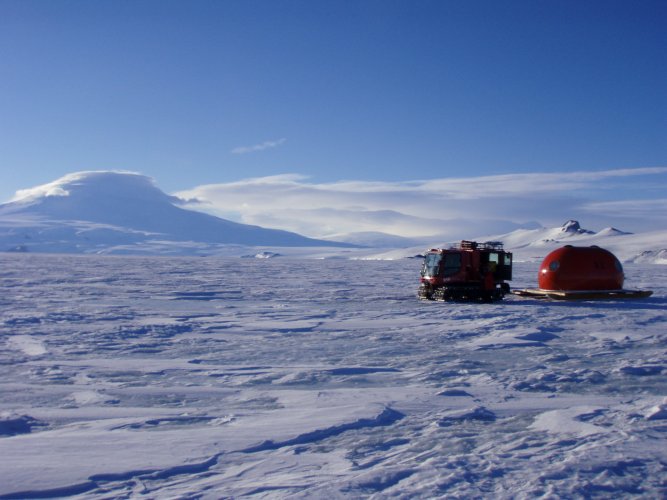
This Pisten Bully is towing a small survival shelter called an Apple. Photo by Bret Mommer.
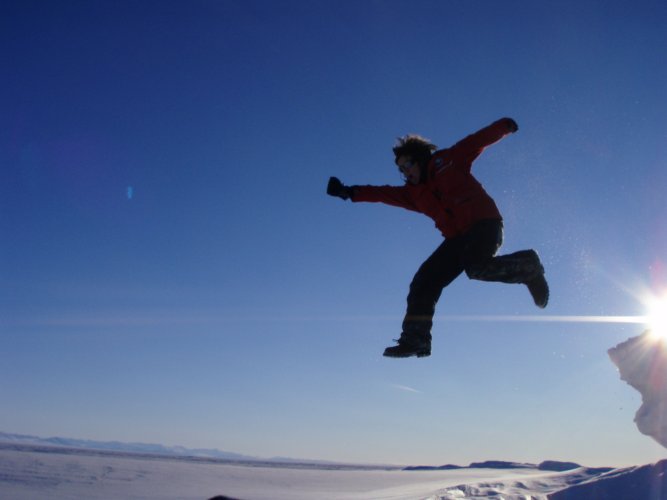
Scientist killing time on the sea ice. Photo by Bret Mommer.
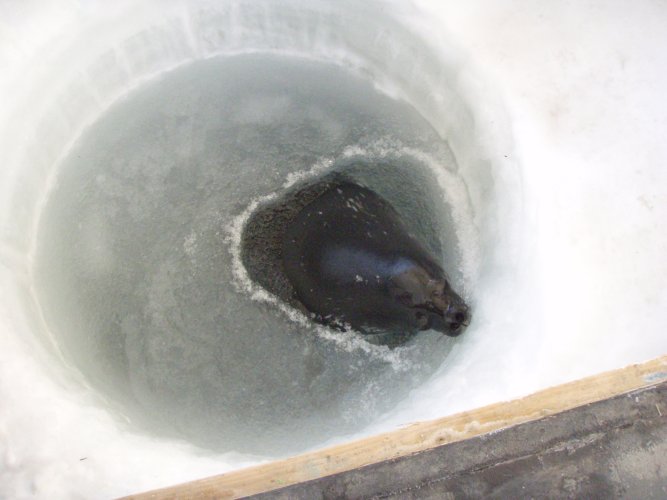
There were only three or four science groups operating out of McMurdo during WinFly. One of these groups would catch Antarctic fish from under the sea ice and bring them back alive for experiments. They use a huge auger to drill holes in the ice for fishing, and one of these holes was discovered by a seal. Photo by Bret Mommer.
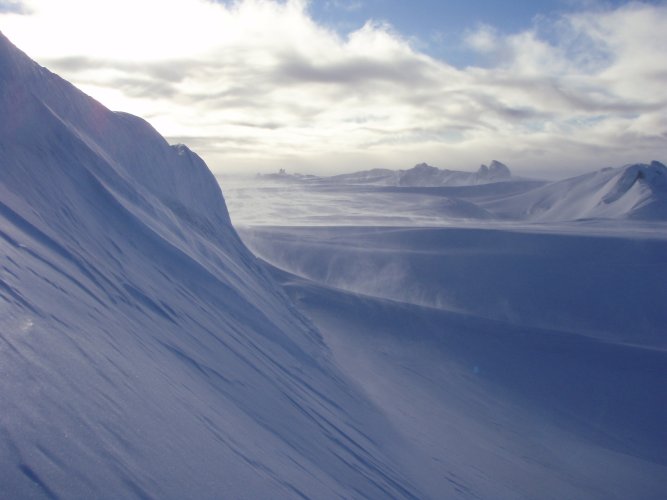
Wind blowing across fractured sea ice. Photo by Bret Mommer.
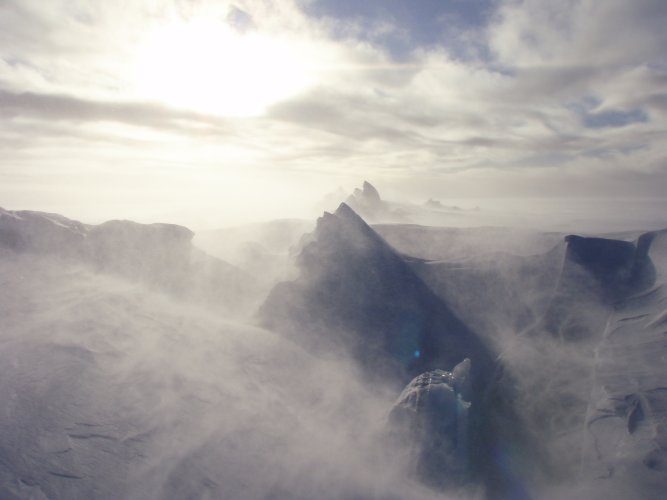
Another shot of wind across ice. Photo by Bret Mommer.
Return to main page









